NORTH AMERICAN P-51 MUSTANG
MARINELL
P-51D Mustang ‘Marinell’ (G-MRLL) represents this iconic type with great esteem, being one of the most faithfully-restored airworthy Mustangs in existence. The P-51 lineage can be traced back to 1940 when the British Purchasing Commission – keen to acquire more Curtiss P-40 fighters for the Royal Air Force – asked North American Aviation if they had an interest in building the P-40 under licence. ‘Dutch’ Kindelberger and his team at North American preferred the idea of creating a brand-new fighter that retained the reliable Allison powerplant as fitted to the P-40; a concept duly accepted by the British. Incredibly the prototype was ready for flight just 102 days after the order had been placed! This new design, by now christened the Mustang, represented a significant advance in technology with a laminar flow wing and extensive use of hydraulics. The P-51 gave a marked performance increase over the earlier P-40 however began to expose shortcomings with the Allison engine, particularly at high altitude. In May 1942 Ronnie Harker, a Rolls-Royce test pilot, flew the aeroplane and his ensuing report recommended fitting the Merlin engine to the airframe to improve performance. This was duly carried out on both sides of the Atlantic - flight testing revealed a significant change for the better and the legend was born.
‘Marinell’ was constructed at the Inglewood plant of North American Aviation in California as 44-13521 for the USAAF and shipped to Britain on D-Day, 6th June 1944. The aircraft was taken on charge at the end of the month by the 504th Fighter Squadron of the 339th Fighter Group, stationed at Fowlmere in Cambridgeshire. Quickly the airframe was allocated to Captain Bradford V. Stevens who christened it with the moniker it still wears to this day. Over the course of the next six weeks the aeroplane went on to notch up four confirmed victories in combat. Unfortunately, ‘Marinell’ was downed on 13th August 1944 during a dive-bombing mission over Feuquières in France with the tragic loss of her pilot that day, 2nd Lt. Myer R. Winkelman. The precise reason for the crash has never been fully established although flak has been suggested as a possible cause. Winkelman, an Oklahoma-born pilot who had been a promising footballer during his time at the Odessa High School in Texas, was buried in Epinal American Cemetery. The wreckage of the Mustang never went far and eventually was placed on display in a nearby museum.
In 1998, the P-51 was acquired by Maurice Hammond who had the airframe shipped back to the UK so a full restoration to flight could commence. Maurice, an engineer by trade, had already successfully restored a first Mustang and began this second project in 2005. The wings, flaps and ailerons were restored by Odegaard Wings of Kindred, North Dakota whilst many other components including the fuselage and Packard Merlin powerplant were made serviceable in house by Maurice and his team. The restoration was totally ‘stock’ with the ammunition bays and the cockpit clear examples of the meticulous level of detail applied to the project. In July 2008, ‘Marinell’ flew again for the first time in almost 64 years and in short order returned ‘home’ to Fowlmere for a visit - a 339th Fighter Group Mustang not having been seen there since 1945. Over subsequent years the P-51 was a popular sight wherever it appeared on the airshow circuit, often in the hands of Maurice himself – he also regularly flew ‘Marinell’ over the sites of former wartime USAAF bases in the UK as a mark of respect.
In 2016 the aircraft was sold to Carlo Coltri and ferried out to Italy. The P-51 flew occasionally over the following years but in 2023 was purchased by a new owner based in the UK. In the capable hands of Lars Ness, the Mustang arrived back in the UK in July 2023. ‘Marinell’ represents one of the most stunning and detailed examples of the type still flying – the only major deviation from her original wartime configuration being the addition of a ‘jumpseat’ behind the pilot. The aeroplane is now based at Duxford Airfield, just a couple of miles away from her original base at Fowlmere, where it is maintained and operated on behalf of its owner by the Aircraft Restoration Company.





